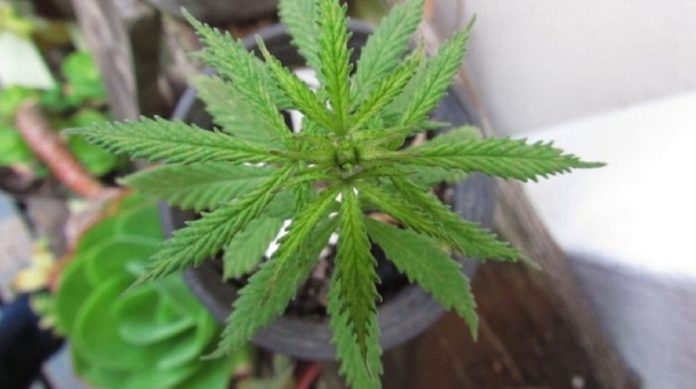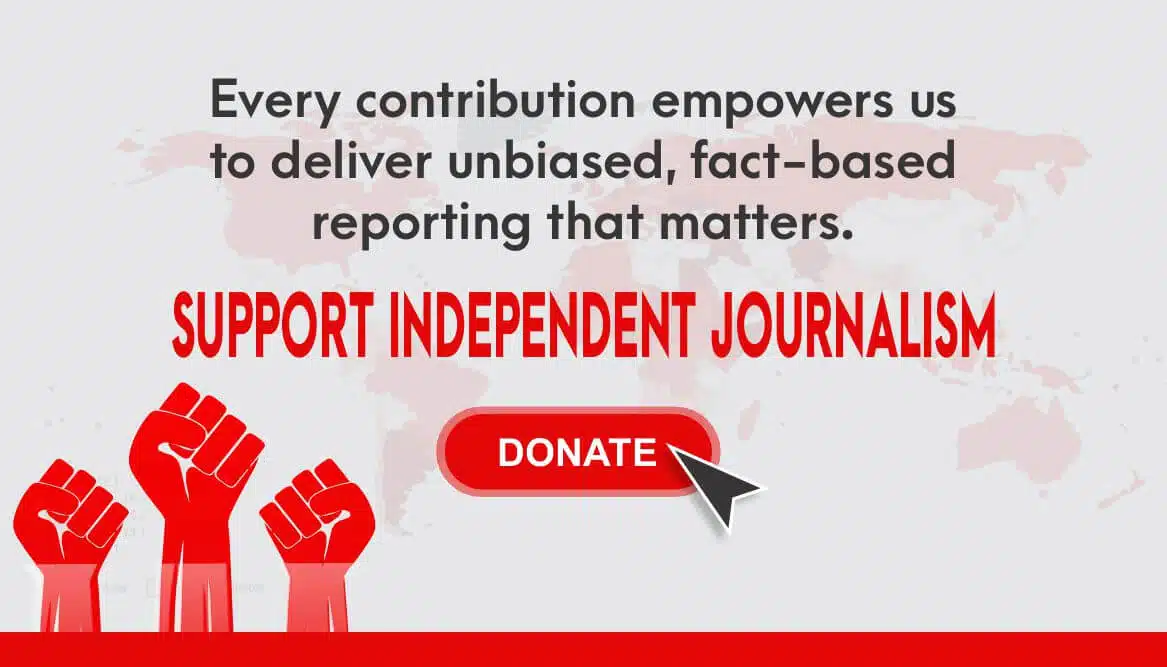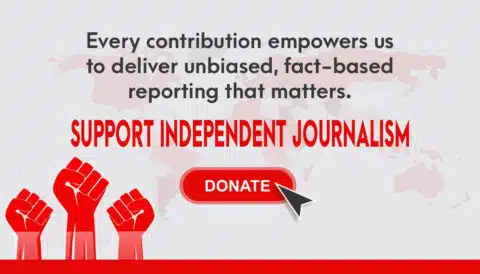
Public policy wonks tend to look at the question of the legalization of marijuana from a purely social angle. They check to see how such legalization would affect the health and security of society. The legalization of weed, however, has fiscal implications that are often overlooked. Let’s get a glimpse of how much money the U.S. is losing by failing to legalize marijuana and how far legalization would go to help solve some of the most urgent issues in the U.S, plus how tax revenue collected from marijuana is spent.

Share This Infographic On Your Site
How Much Money is The U.S. Losing for Not Legalizing Marijuana?
By not legalizing marijuana, the United States government at all levels loses money in two ways: the cost of marijuana prohibition enforcement and tax revenue from marijuana.
State and Local Loss Attributable to Marijuana Prohibition, millions of dollars, 2016
| State | Expenditures to Marijuana prohibition | Marijuana tax revenue | Total loss |
|---|---|---|---|
| Alabama | 51.20 | 60.81 | 112.01 |
| Alaska | 17.40 | 9.24 | 26.64 |
| Arizona | 96.70 | 85.41 | 182.11 |
| Arkansas | 40.30 | 37.3 | 77.6 |
| California | 951.40 | 488.49 | 1439.89 |
| Colorado | 64.20 | 68.26 | 132.46 |
| Connecticut | 74.10 | 44.91 | 119.01 |
| Delaware | 25.1 | 11.83 | 36.93 |
| Florida | 180.40 | 253.62 | 434.02 |
| Georgia | 424.00 | 127.77 | 551.77 |
| Hawaii | 33.90 | 17.85 | 51.75 |
| Idaho | 23.2 | 20.71 | 43.91 |
| Illinois | 125.40 | 160.84 | 286.24 |
| Indiana | 236.50 | 82.84 | 319.34 |
| Iowa | 59.00 | 39.11 | 98.11 |
| Kansas | 54.20 | 36.41 | 90.61 |
| Kentucky | 56.80 | 55.43 | 112.23 |
| Louisiana | 72.20 | 58.49 | 130.69 |
| Maine | 63.50 | 16.65 | 80.15 |
| Maryland | 77.50 | 75.1 | 152.6 |
| Massachusetts | 115.50 | 84.99 | 200.49 |
| Michigan | 200.90 | 124.24 | 325.14 |
| Minnesota | 130.70 | 68.68 | 199.38 |
| Mississippi | 86.30 | 37.45 | 123.75 |
| Missouri | 76.60 | 76.12 | 152.72 |
| Montana | 28.7 | 12.93 | 41.63 |
| Nebraska | 31.1 | 23.72 | 54.82 |
| Nevada | 34.60 | 36.13 | 70.73 |
| New Hampshire | 65.20 | 16.66 | 81.86 |
| New Jersey | 117.80 | 111.94 | 229.74 |
| New Mexico | 59.30 | 26.06 | 85.36 |
| New York | 308.80 | 247.38 | 556.18 |
| North Carolina | 263.30 | 125.71 | 389.01 |
| North Dakota | 153.70 | 9.48 | 163.18 |
| Ohio | 111.00 | 145.38 | 256.38 |
| Oklahoma | 209.50 | 48.95 | 258.45 |
| Oregon | 57.20 | 50.42 | 107.62 |
| Pennsylvania | 179.60 | 160.25 | 339.85 |
| Rhode Island | 76.10 | 13.22 | 89.32 |
| South Carolina | 47.40 | 61.32 | 108.72 |
| South Dakota | 67.50 | 10.75 | 78.25 |
| Tennessee | 53.90 | 82.62 | 136.52 |
| Texas | 291.30 | 343.62 | 634.92 |
| Utah | 151.90 | 37.46 | 189.36 |
| Vermont | 19.5 | 7.84 | 27.34 |
| Virginia | 81.20 | 104.82 | 186.02 |
| Washington | 82.40 | 89.7 | 172.1 |
| West Virginia | 94.50 | 23.06 | 117.56 |
| Wisconsin | 62.70 | 72.26 | 134.96 |
| Wyoming | 42.90 | 7.35 | 50.25 |
| District of Columbia | 8.5 | 8.4 | 16.9 |
| Total | 6,036.60 | 4,019.98 | 10,056.58 |
Federal Loss Attributable to Marijuana Prohibition, billions of dollars, 2016
| Expenditures to Marijuana prohibition | Marijuana tax revenue | Total loss |
|---|---|---|
| 3.96 | 39.21 | 43.17 |
Data source: https://www.cato.org/publications/tax-budget-bulletin/budgetary-effects-ending-drug-prohibition
The total amount of money lost by all states due to marijuana prohibition is $10.05 billion, while the Federal Government loses $25.64 billion. Among the states, California loses the most money at $1.4 billion, while the District of Columbia loses the $16.9 million, which is the lowest of all jurisdictions. The total losses associated with this prohibition is a very substantial $53.23 billion.
What Can $53.23 Billion Do?
- It costs $10.4 billion to treat all the cases of flu in the U.S. $53.23 billion can finance the treatment of all flu cases in America for 5 years.
- Coronavirus has been declared a global pandemic, and governments are grappling with its social and economic cost. According to Business Insider, It costs $1,425 to treat one case of the COVID-19 virus. $53.23 billion would fund treatment for 37,354,386 patients. This is equivalent to the populations of Ohio, Illinois, and Pennsylvania put together.
- How many people can this money provide medical insurance? A premium for average employment medical insurance costs $1, 242 annually, according to Investopedia. $53.23 billion can put 42,858,293 Americans under medical insurance. This is equivalent to the entire population of Nevada and California combined.
- One of the most important preventive measures for coronavirus is using alcohol-based hand sanitizers. A pack of two 12-ounce sanitizers goes for $149 (data collected in March 3th). $53.23 billion is more than enough to buy a package for every last American!
- Face masks are another critical preventive measure. The average cost of a box of 20 masks is $400 (data collected in March 3th). The money saved from legalizing marijuana can buy 134,075,000 boxes kitting the entire population of the five most densely populated cities in the U.S.
Marijuana Tax Revenues Deployment across States
We’ve talked bout how the potential economic benefits of legalizing marijuana,now it’s time to dig deeper into how money from marijuana is spent in reality.
Some states in America have legalized marijuana and included the marijuana business into the tax bracket. These revenues have been increasing every year in all the states that have legalized it. The following are some of these states and how they deploy their tax revenues:
Alaska

Total tax revenue: $10,801,357 (F.Y 2018)
All revenues collected through the marijuana tax are deposited into the general fund, but the State Senate has mandated the creation of a sub-fund for marijuana revenues. The find is referred to as the Recidivism Reduction Fund.
The money is then distributed as follows:
- Alaska Department of Administration – 50%
- Marijuana Education – 25%
- General fund – 25%
The legislature has discretion on how to spend the 25% that remains in the general fund. They usually reserve it to reduce recidivism through programs in the Department of Corrections, Department of Health and Social Services, and the Department of Public Safety.
California

Total tax revenue: $635,000,000 (F.Y 2019)
The funds are usually distributed as follows:
- Youth anti-drug programs – 60%
- Environmental Conservation – 20%
- Public Service Management – 20%
Although this revenue goes to these broad categories, it is channeled to different specific activities as below:
- Support of children from low-income families who are in childcare
- To support and equip police and fire departments from cities where marijuana dispensaries are located.
- To fight against the illegal growth of marijuana and the restoration of wildlands
- To help youth who are at risk of falling into drug abuse to keep them from getting hooked
- Provides financing grants to social workers in the state
- To finance parks and other recreational locations
- To pay for cannabis research. This head finances institutions that research both the science and related policy.
Colorado

Total tax revenue: $302,458,426 (F.Y 2018)
The 15% taxed on recreational marijuana is shared on a 90:10 basis between the state and local authorities, respectively. The 2.9% levied on medical marijuana goes to the Marijuana Tax Cash Fund alongside another 2.9% levied on all non-marijuana products that are sold in retail marijuana outlets.
The 90% from recreational marijuana that goes into the state’s general fund is subdivided as follows.
- 71.85% goes to the Marijuana Tax Cash Fund
- 15.56% is retained to the general fund to be used for general state expenses
- 12.59% goes to public schools where it is used for the education of children from kindergarten to grade 12
Massachusetts
Total tax revenue: $84,000,000 (F.Y 2018)
The revenue is first used to finance the Cannabis Control Commission (CCC). State legislation dictates that the remainder should be used on initiatives that help reduce any negative impacts associated with the use of cannabis in the state.
The Cannabis Control Commission breaks down activities geared towards reducing the negative impacts of marijuana:
- Public awareness campaigns
- Public behavioral health
- Evidence-based substance abuse prevention
- Substance abuse training
- Youth education at the local level
- Public safety and
- Municipal police training
Possible activities for the restoration of communities adversely affected by marijuana-related imprisonment include: –
- Restorative justice
- Diversion programs
- Technical assistance for the cannabis industry
- Mentorship, and
- Workforce development
Michigan

Total tax revenue: $59,000,000 (F.Y 2018)
Marijuana revenue is distributed as follows in this state.
- 30% goes to the counties where the marijuana outlets are located. The more the outlets in a county, the more significant the portion of the funds they get.
- 30% goes to the First Responder Presumed Coverage Fund from which the state receives money to pay disability claims for first responders.
- 25% is allocated to the municipalities where marijuana outlets are located. The amount is shared out proportionately according to the number of facilities in a particular city so that the city with more outlets gets more of the funds.
- 5% for the support of sheriffs in whose counties marijuana facilities are located. This allocation is distributed using the same formula as the rest where the Sheriff’s Department in whose jurisdiction more facilities are located receives more funding than the rest, and all the others receive proportionately.
- 5% to Michigan Commission on Law Enforcement Standards. This money is used to train law enforcers on law enforcement in general and the aspect of law enforcement related to marijuana.
- 5% to the Department of State Police
Nevada

Total tax revenue: $69,800,000 (F.Y 2018)
The taxes are distributed for different purposes as follows.
- 52.1% goes to local governments in which the marijuana sale facilities are located. These are municipalities and counties. These funds are distributed proportionately according to the number of facilities in each of the local jurisdictions.
- 41.4% is for the State General Fund, where the state legislature allocates it at its discretion alongside all the other funds in the general fund.
- 2.6% State Distributive School Fund where the money is used to finance general education and also inform pupils about the use of marijuana and the associated dangers.
Oregon

Total tax revenue: $115,915,277 (F.Y 2019)
The law breaks down the distribution of these resources as follows.
- 40% goes to education. This refers to K-12 schools, and the money, therefore, forms a part of resources used to manage the general education of children in the state and not just to train them about marijuana.
- 20% is sent to the Oregon Mental Health, Alcoholism and Drug Services to help combat mental illness, treat those who have problems with drugs, and to deal with recidivism.
- 15% to the State Police to aid in matters enforcement. This money increases the capacity of police organizations in the state and enables them to handle any possible additional workload that may directly or indirectly arise due to marijuana usage.
- 5% of the amount goes to the state’s authority on the prevention of drug and alcohol abuse.
Washington

Total tax revenue: $395,500,000 (F.Y 2019)
The law states clearly that all the money gathered in the Dedicated Marijuana Fund should be disbursed every three months as follows:
- $125,000 to the Department of Social and Health Services. This money is intended for research on the impact of drugs on the youth. Some of the specific areas the survey researches include how drugs affect academic performance and the general behavior of youth in the state.
- $50,000 to the same department to do a cost-benefit analysis of the entire marijuana industry on the state as a whole.
- $5,000 to Washington State University to help run its drug and alcohol abuse institute.
- $1,250,000 to the Liquor Control Board to be spent for marijuana regulation, such as preventing illegal farming, inspections, and enforcement of standards, among others.
The amount that remains after these deductions is spent as follows.
- 50% goes into the basic health plan trust
- 15% to the Department of Social and Health Services for the prevention of the abuse of marijuana.
- 10% is set aside to educate the general population on marijuana
- 5% to the State Health Care Authority to be spent on primary healthcare and for dental services.
- 1% to Washington State University to research the long term effects of marijuana on the users.
- The remaining 19% goes to the general fund to be utilized at the discretion of the state legislature.







